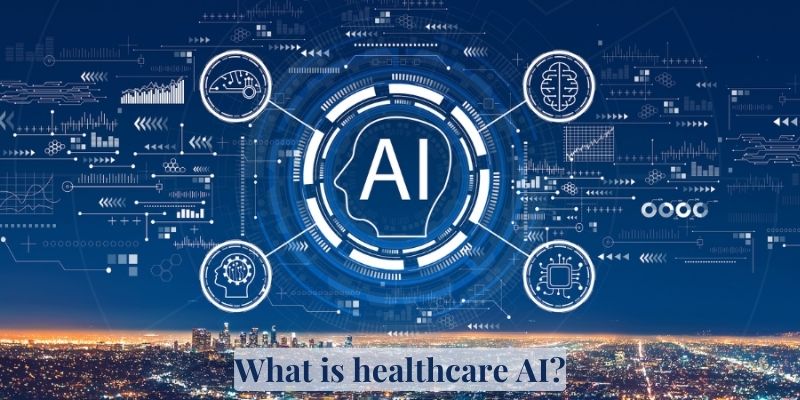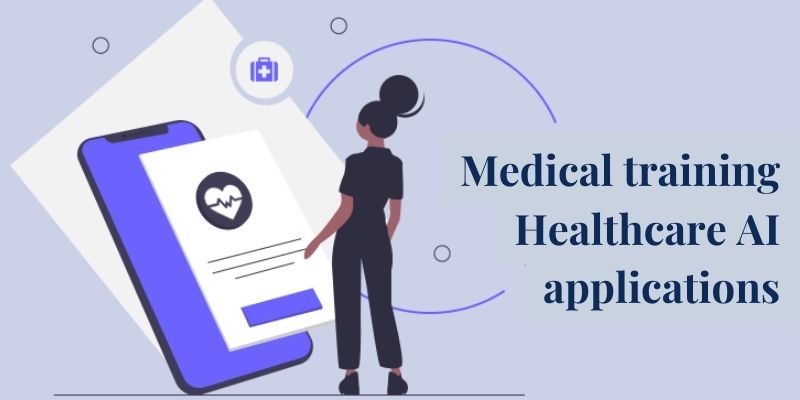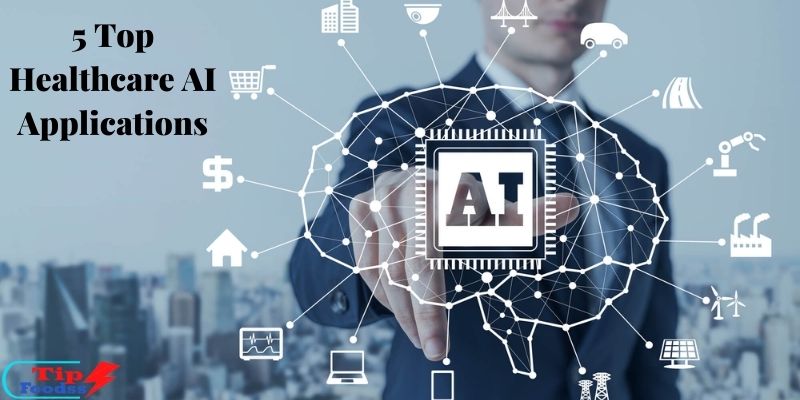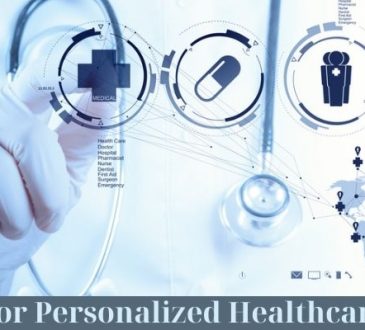5 Top Healthcare AI Applications
In all facets of healthcare, including administration, patient engagement, and medical research, diagnosis, and treatment, healthcare AI applications is being used. In this article, tipfoodss.com will discuss 5 top healthcare AI applications.
Contents
What is healthcare AI?
The use of artificial intelligence (AI) in the adminis ration or delivery of healthcare services, especially medical treatment, is referred to as artificial intelligence in healthcare. A rising variety of healthcare sectors are utilizing robots, massive, frequently unstructured datasets, modern sensors, machine learning (ML), natural language processing (NLP), and robotics.
Although the technology offers many potential advantages, it also raises many potential issues, including the possibility of misuse due to the centralization and digitalization of patient data as well as possible linkages with universal biometric IDs or nanomedicine. Early AI uses prompted concerns about bias and fairness, but it’s possible that the technology might improve healthcare equity.

Even though the application of AI in the healthcare industry has just recently begun, it is growing more widespread. Global healthcare IT spending is expected to reach $140 billion in 2021, according to Gartner, with artificial intelligence (AI) and robotic process automation (RPA) topping enterprise spending objectives.
In 2020, it is projected that healthcare spending would account for 19.7% of the entire U.S. GDP, or $4.1 trillion. For the first time, the government, where fraud is most prevalent, raked up more than half of that spending.
Therefore, from administration to medical AI, healthcare AI has a huge potential for utility.
5 Top Healthcare AI Applications
Here are the top 5 healthcare AI use cases that are currently being developed and implemented.
1. Healthcare administration – Healthcare AI applications
15% to 25% of total healthcare costs are thought to be administrative costs. Insurance companies, payers, and providers all benefit from tools that can be used to streamline and improve administration.

The biggest immediate benefit, however, might come from identifying and reducing fraud, as healthcare fraud can occur on many levels and be committed by a variety of parties. In some of the worst situations, fraud may lead to surgeons performing unneeded operations to increase insurance payouts or result in insurers being billed for treatments that were never provided. Additionally, insurers might be charged for test kits or malfunctioning equipment.
AI has the potential to prevent fraud before it occurs. Health insurers can utilize algorithms to identify anomalous transactions in the same way that banks frequently do.
- The potential savings from algorithm-driven “smart audits” of incoming insurance claims have been discovered by McKinsey.
- To find trends among pooled databases, the Centers for Medicare & Medicaid Services of the United States government coordinates the Healthcare Fraud and Prevention Partnership.
2. Public health – Healthcare AI applications
Public health organizations are already using AI. Including
- The CDC has listed some of the numerous ways AI has been employed in assessing public health for COVID-19 and beyond. ML algorithms are being applied to massive public health datasets.
- NLP is used in public health settings.
- Diagnostic imaging data is being used more and more for population-level analysis and forecasting.
- Lirio develops “precision” or individualized nudges using consumer data science and behavioral “nudging” strategies to encourage medical compliance, healthcare visits, and other behaviors.
3. Medical research – Healthcare AI applications
The use of AI in medical research has a wide range of applications. Examples include clinical trials as well as the development of novel and repurposed drugs, such as:
- It might be exceedingly difficult to discover new medications to treat ailments. Computer-aided drug design (CADD) is a distinct and sophisticated field in silicon.
- In some cases, reusing already-existing drugs is a goal. One such example utilized artificial intelligence (AI) analyzing cell images to decide which drugs were best for persons with neurodegenerative illnesses. Neurons’ shapes change as a result of these treatments. However, conventional computers are too slow to spot these errors.
- Pharmaceutical giant Bayer thinks AI could enhance clinical research by using information from medical databases to create a virtual control group. Additionally, they are looking into additional AI clinical trial applications that could boost the efficacy and security of these studies.
4. Medical training – Healthcare AI applications

AI may also change some of the ways in which medical school students are taught. For instance, given the following circumstances:
- In one instance, pupils received input from an AI tutor as they studied brain tumor removal. The program used a machine learning algorithm to teach pupils secure methods and then assess their success. Compared to those who were not taught using AI, people learned skills 2.6 times faster and performed 36% better.
- In order to facilitate virtual and remote training, organizations in the U.S. and the U.K. have also implemented AI-based virtual patients. This strategy proved especially helpful when the COVID-19 outbreak prevented group gatherings. The AI encouraged practicing a variety of skills, including soothing patients in distress or breaking bad news.
5. Medical professional support – Healthcare AI applications
In clinical contexts, AI is also used to assist medical personnel in the following ways:
- AI is used in medical facilities to assist the intake staff. Algorithms are used in a Stanford University pilot project to decide which patients are high-risk enough to need ICU treatment, have code-related events, or call for rapid response teams. They evaluate the likelihood of certain occurrences within a six- to 18-hour window, assisting doctors in making more sure-footed choices.
- The development of AI-based solutions for nurses includes topics such as decision support, sensors to alert them to patient needs, and robotic aid in difficult or dangerous circumstances.



